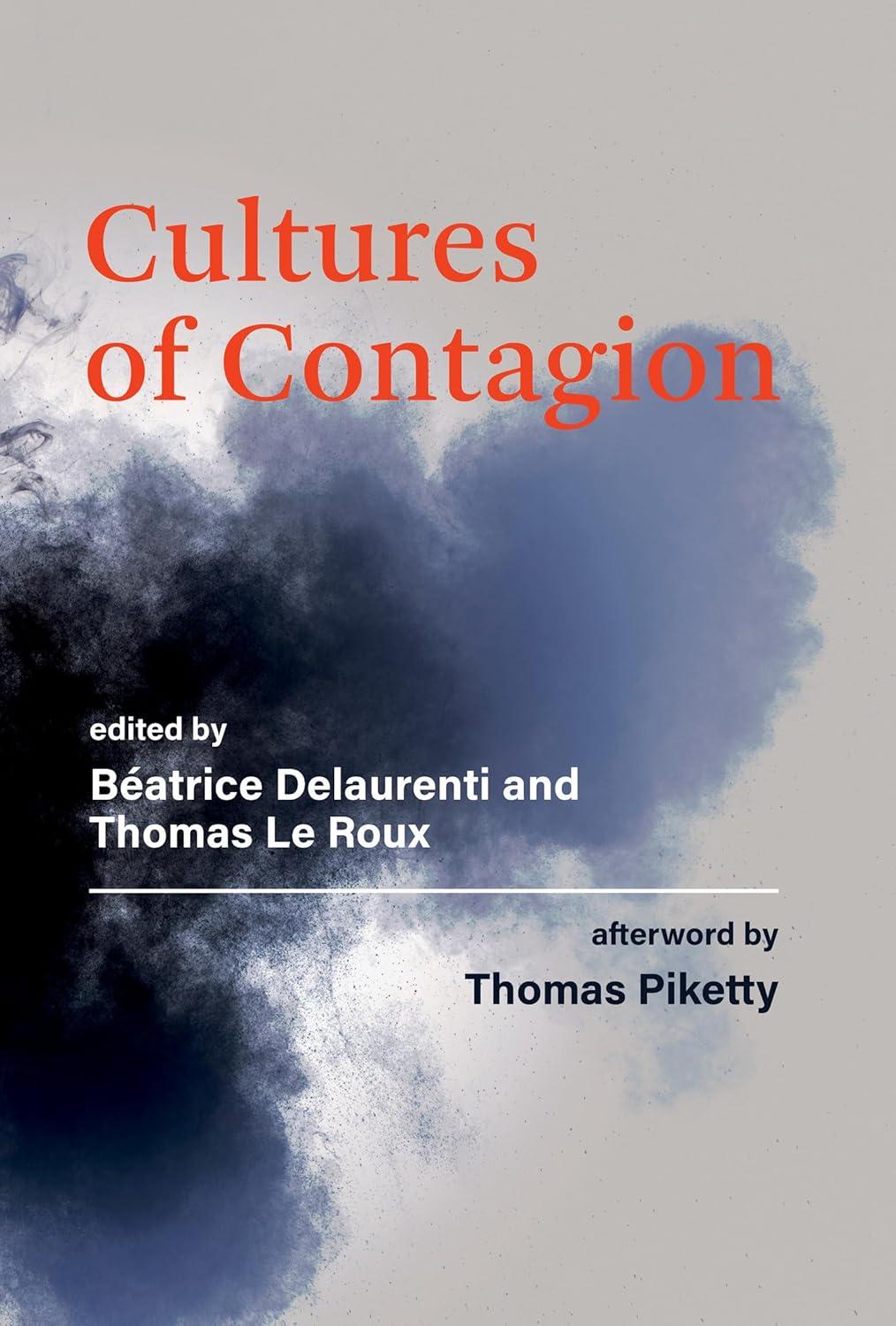The focus here on the monitoring, surveillance, and study of the numerous nuclear tests during the Cold War is but a very recent manifestation. Nevertheless, this was a crucial historical step, as it led to the publication of the first global maps of the nuclear contamination of the world, making visible and palpable some of the effects of a possible nuclear war. Even more importantly, these new global views have reinforced our understanding of the entire biosphere as a radically interconnected ecological space. They thus strengthened the global environmental knowledge that forms the pillars of our current environmental concerns.
Two maps, published in 1956 in the midst of the Cold War by three U.S. Weather Bureau researchers in Science, reflect this important historic process. Later becoming iconic, they made it possible to trace the trajectories of radioactive particles around the globe. The first (below) shows the global and relatively rapid atmospheric diffusion of radioactive particles, originating from a small atoll in the Pacific and that, once injected into the stratosphere, continued on their way around the planet. The second complements these global diffusion pathways with a more quantitative map, consisting of isolines that indicate the average rates of concentration of radioactivity in the air as well as an “intertropical convergence zone” thought not to be crossed by these radioactive particles.
These two maps represent key scientific results of the first atmospheric nuclear tests conducted under the auspices of the Atomic Energy Commission (AEC) in the Pacific. They demonstrated the power of the new global atomic fallout monitoring network established by the United States and its allies in the late 1940s.
For its authors, the discovery of the world’s radioactive contamination was not foremost a source of concern but rather the realization of a long-held aspiration, namely the possibility of tracking volatile but easily identifiable tracers in the atmosphere. Previously, only exceptional and very large-scale events, such as the explosion of the volcano Krakatau in 1883, had made this possible. Of course, these are not the first maps of this kind; the visual tradition of illustrating atmospheric flows on a large scale dates back at least to the 17th century. Other earlier reports had, in fact, presented similar maps, but they remained long inaccessible, being classified as “top secret” defense matters. The publication of these two maps in the open literature thus testifies to the establishment of a new policy of the diffusion (certainly still very partial) of geophysical knowledge previously under security restrictions.
